Another of True Energy’s solutions is True Solar, which allows households to optimize the use of the solar energy they produce. Other of our solutions focus on the use of electric equipment such as washing machines and dishwashers.
Common to all is that it is about finding ways to make your electricity use more interactive and/or automatic, so it matches your preferences – whether it is to make energy consumption as green or cheap as possible. Putting power into the hands of the consumer and prosumer, as it were. With True Energy, that power to automate and control it does literally rest in your hands through our app, which enables you to manage all our solutions directly from your smartphone.
Sources:
- https://energinet.dk/Om-publikationer/Publikationer/Miljoerapport-2020
- https://csr.dk/forbrugerne-bliver-mere-klimabevidste-og-vil-gerne-inddrages-i-virksomheders-b%C3%A6redygtige-indsats
- https://research.cbs.dk/files/58545764/Pallesen_Jacobsen.pdf
- https://www.danskenergi.dk/nyheder/hidsig-kamp-om-traege-kunder
- https://energinet.dk/


